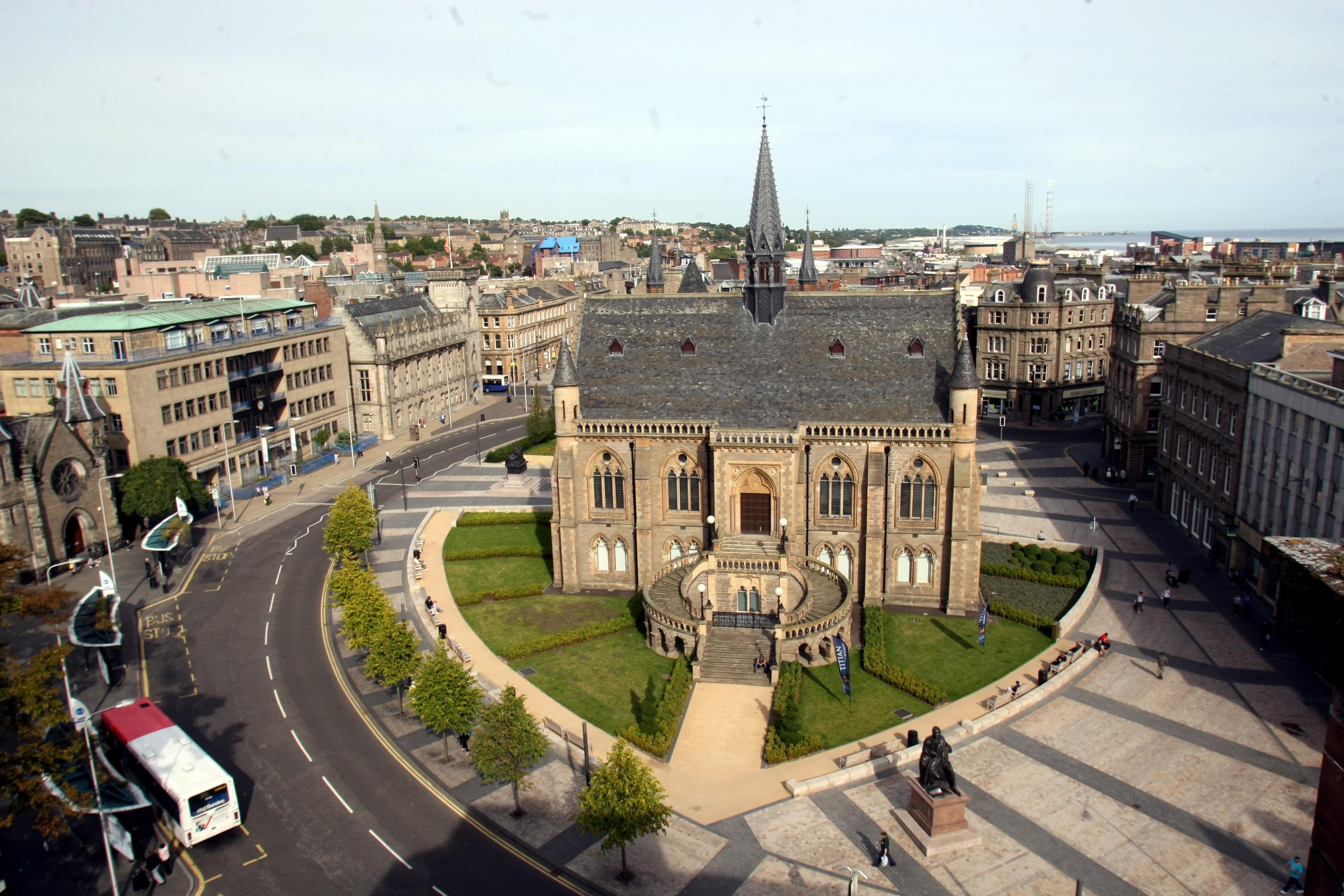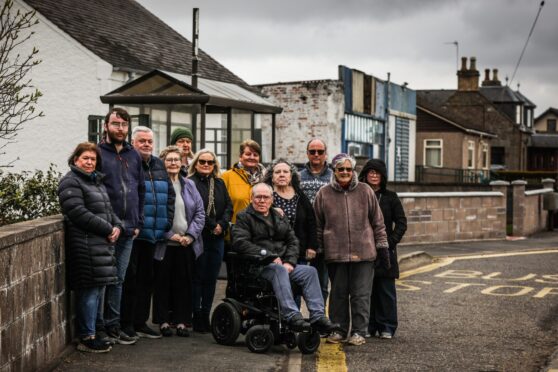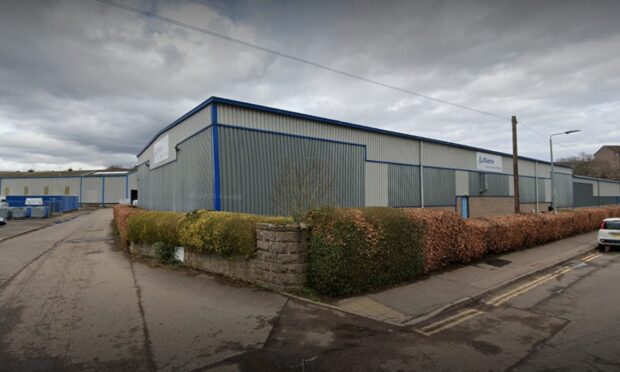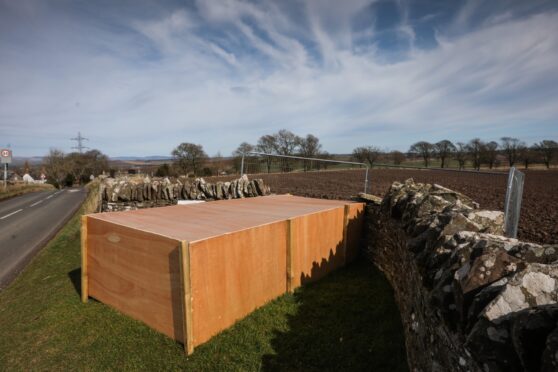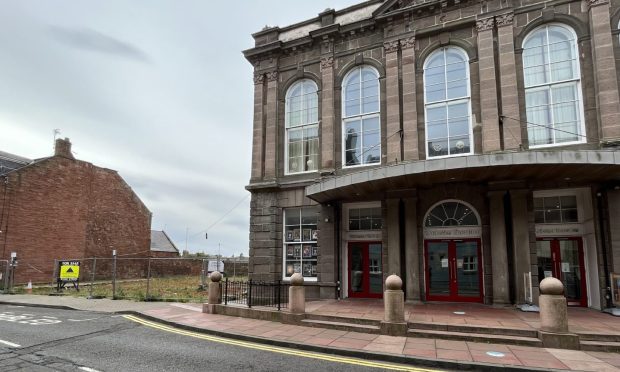A Tayside museum is looking for the avid modellers who built a precise reconstruction of a Celtic fort.
Experts believe the Finavon hill fort in Angus is one of Celtic Scotland’s longest-lasting fortifications, apparently in use during the country’s whole Iron Age between 700 BC and 500AD.
A painstaking reconstruction of the fort, done from excavation drawings by a 1930s academic, is now on display at The McManus in Dundee.
The art gallery and museum decided to use the model – built in 1970 – to illustrate the lives of Scotland’s Iron Age people as part of its Reflections on Celts exhibition.
Early history curator Christina Donald would like to hear from Dundee Model Club members about it.
The scaled-down model followed a 1930s excavation report that showed the original Finavon hillfort had walls more than six metres thick and between three and five metres high.
It was excavated by Professor Vere Gordon Childe in the 1930s.
In the interior of the fort he discovered a well, a row of dwellings with hearths and evidence of spinning, pottery making and metal working.
At the end of its life, the fort was engulfed by a fire hot enough to fuse together the stones in the top section of the walls.
Further investigations into the historic site in 1966 by Euan Wallace Mackie led to the dating of the fort.
Christina Donald said: “We would love to hear from anyone who remembers working on the model.
“It is clear the Museum Club paid close attention to Professor Childe’s excavation report published in 1935 when they constructed this scale model of the fort.
“They locate the buildings and well that he wrote about, and include the animal species he found evidence for inside the fort.”
The exhibition is running in partnership with National Museums Scotland and the British Museum. The tour is generously supported by the Dorset Foundation.
Anyone who has information about the museum club can get in touch by emailing christina.donald@leisureandculturedundee.com.
